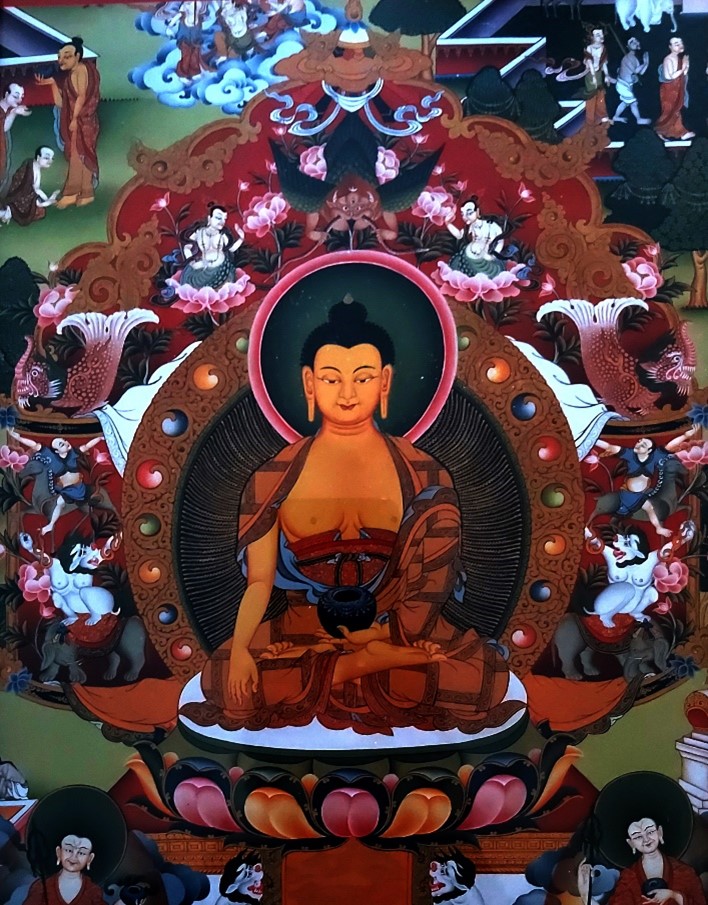
The Sherpa People are deeply religious and have a true reverence for the spiritual dimension of their ancient culture. It is believed that the migration of the Sherpas from in particular the Kham location in Eastern Tibet that took place across the Thirteenth and Fourteenth centuries (CE) was largely an outcome of religious strife occurring linked to the Mahayana Buddhism (the ‘Great Vehicle’ form of Buddhism) of the time. The stupas, ‘Gompas’ (spelled ‘Gumbas’ by non-Sherpa Nepali follows of Buddhism) — Buddhist temples, particularly for those following Tibetan forms of Buddhism — pilgrimage routes, small wayside shrines, and of course the world famous prayer flags (alternating in colours, particularly of yellow, white, red, blue, and green, and with sacred Buddhist scripts printed on each).
All of characterise how closely the Sherpa people identify and reverence in their stunning but often perilous landscape, their daily lives, with the presence of the power of the spiritual in life. An on location prayer flags image is provided at the beginning of the Sherpa component of this information resource. In terms of religions, there are a number, all to greater or lesser extents interconnected: Tibetan Buddhism, Lamaism, Tantric and Vajrayana Buddhism, and ancient pre-Buddhist Shamanism.
Because of the invasion and forced occupation of Tibet earlier in the second half of the 20th Century by the Peoples Republic of China, to a certain extent now only in the Sherpa and other peoples lands of Himalayan Nepal (and of course neighbouring Himalayan lands) are the ancient traditional religious beliefs kept alive, most of which originated from Tibet itself. Tibet, once a vast empire the size of China, was the conduit point through which Buddhist study and beliefs, travelled from West (the Himalaya and Indian Sub-Continent) to the East (China) and sacred Buddhist scrolls were sought from India & the Himalayas, by the court of the Tang Emperors. In turn under later Chinese imperial dynasties, Nepali crafts expertise [through Nepali artists and artisans retinues passing through the Himalayan passes across Tibet] was sought to assist the development of many different forms artisanship development in far distant China, beyond Tibet.
Below we provide for context, some [mainly Wikipedia] links to each of the religions referred to:
- Tibetan Buddhism: https://en.wikipedia.org/wiki/Tibetan_Buddhism
- Tantric and Vajrayana Buddhism: https://en.wikipedia.org/wiki/Vajrayana
- Mahayana Buddhism: https://en.wikipedia.org/wiki/Mahayana
- Lamaism: https://www.encyclopedia.com/philosophy-and-religion/eastern-religions/buddhism/lamaism
- Shamanism: https://en.wikipedia.org/wiki/Shamanism
